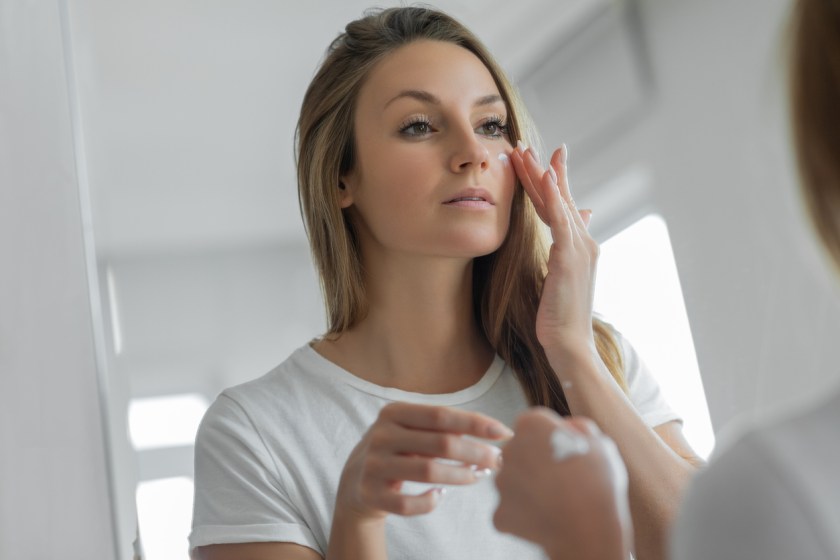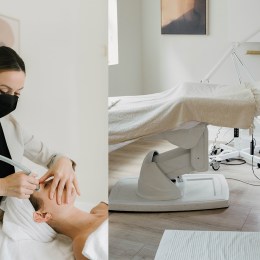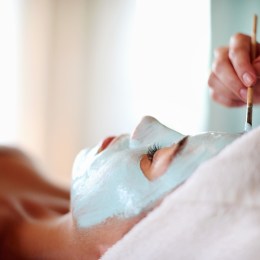How social media can play a large role in patients with Body Dysmorphic Disorder, and how you can identify this in your patients.
With social media playing a large role in arising trends and societal norms of what patients aim to look like, practitioners are becoming increasingly more concerned with the rate of diagnosis’ for Body Dysmorphic Disorder (BDD). This topic is a special interest for Dr Toni Pikoos (PhD), an Australian Clinical Psychologist and Researcher on BDD, and aims to spread awareness within the cosmetic, aesthetic & plastic surgery industry.

SPA+CLINIC sat down with Toni to discuss further on BDD and to gain more of an understanding on the disorder, and how it can often be misdiagnosed.
What is Body Dysmorphic Disorder? Is it frequently underdiagnosed or incorrectly recognised?
Body Dysmorphic Disorder (BDD) is a mental health condition where individuals become preoccupied with subtle or non-existent flaws in their physical appearance, most commonly focused on the skin or facial features but can extend to any body part.
While other people might not be able to see these flaws, they feel very real to the individual and can cause significant distress and interfere with their ability to work, go to school or socialise. Many people with BDD also engage in repetitive behaviours to fix, check or hide their appearance, like checking their appearance in the mirror or covering up with a hat or make-up.
BDD is often associated with poor insight, meaning that individuals may not recognise the psychological nature of their concerns. This can lead to excessive seeking of unnecessary skin and cosmetic treatments to fix perceived flaws in appearance. While it is estimated that up to 2.9% of the general population have BDD, this is much higher in cosmetic and dermatology settings where BDD prevalence can be as high as 19.8%.
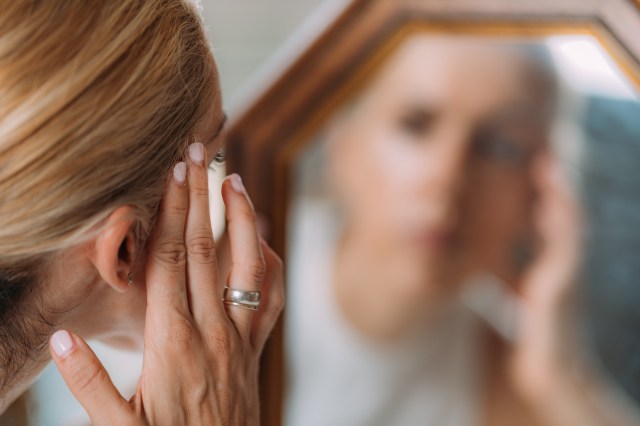
In addition, people with BDD often experience a great deal of shame about their appearance concerns and are worried about being perceived as vain or superficial. Because of this, many BDD sufferers may delay speaking to a psychologist about their concerns, and it can take up to 15 years before accessing appropriate treatment.
BDD is frequently confused with eating disorders. While BDD may involve a concern with one’s weight or the shape or size of their body, it does not necessarily involve any disturbance in eating or exercise behaviours (although someone can have both BDD and an eating disorder diagnosis).
What impact does social media have on perception of body image, and what issues does this create in the industry?
Body image concerns, such as BDD, are caused by an interaction of genetics, personal qualities (such as perfectionistic or neurotic tendencies), peer influences (friends, family, romantic partners) and the media.
Social media is one of the key societal influences on negative body image, by creating an environment where individuals only post the best photos and videos of themselves, which have often been digitally edited and enhanced. In turn, this creates unrealistic standards of beauty where the digital world begins to look quite different to people in the real world. Algorithms used by social media platforms like Tiktok and Instagram also favour content from creators who meet conventional beauty standards, meaning that viewers tend to see more and more ‘perfect’ faces and less diversity on their social media. Social media filters and editing capabilities have also supercharged the popularisation of particular aesthetics, such as the typical ‘Instagram Face’ with smooth, unblemished skin, high cheekbones and pouting, plumped up lips.

When individuals scroll through images of digitally enhanced or ‘perfect’ faces, they often compare their unfiltered appearance with these images, leading to body image dissatisfaction and a desire to change their appearance to look more like the ideal. In turn, this can lead to people seeking plastic surgery or minor cosmetic procedures hoping to look like edited or filtered versions of themselves, friends or Influencers that they have seen online.
This can create heightened and unrealistic expectations for cosmetic treatment outcomes which need to be sensitively managed by the cosmetic practitioner, through patient education and explanation of typical treatment outcomes.
There is also a concern that as many individuals go to cosmetic practitioners to look more like social media beauty standards, we will lose diversity and appreciation of the normal variation in facial features that make people unique. In these cases, the cosmetic practitioner may have a role in supporting patients to identify and enhance their unique features, rather than attempting to look like somebody else or an edited image.
Does self image dissatisfaction confirm BDD? If not, is there another form of body image disorders?
The term BDD is often thrown around a lot when describing general dissatisfaction with appearance. While almost everybody has things that they don’t like and would change about their physical appearance, BDD differs from general appearance dissatisfaction in a few key ways.
- Appearance dissatisfaction is considered a normal and common human experience, while BDD is a diagnosable mental health condition.
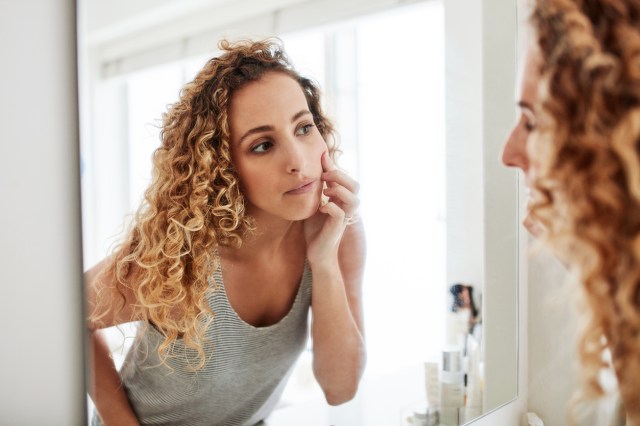
- While most people may have fleeting negative thoughts about their appearance, individuals with BDD think about these flaws regularly and find them difficult to stop thinking about. BDD sufferers will typically worry about their appearance flaws for more than 1 hour per day.
- People with BDD engage in repetitive or compulsive behaviours to fix, check or hide their appearance. Often these behaviours are aimed at reducing anxiety, but they only provide a brief sense of relief before they need to be performed again. While many people might engage in behaviours to enhance their appearance (e.g. applying make-up), in BDD, there is usually a strong urge to perform these actions and they can feel outside of one’s control.
- The key difference between general appearance dissatisfaction and BDD is the degree of distress and interference with one’s ability to function. People who are dissatisfied with their appearance may go through periods of being upset, angry or anxious about the way they look, but these feelings in BDD are generally much stronger and more pervasive. Individuals with BDD will also often avoid certain people, places or activities because of their appearance concerns (e.g. not going to the shops without a mask on for fear of someone seeing their nose).
What diagnostic tools can be used in the cosmetic industry to identify these disorders?
There is a large body of research which shows that individuals with BDD tend to be dissatisfied with the outcome of cosmetic treatment. Often it can lead to worrying about a new area of their appearance, continuing to worry about the same area that has been treated, or blaming the cosmetic practitioner for a treatment result that they see as unsatisfactory. As such, all cosmetic practitioners should routinely screen for BDD prior to proceeding with cosmetic treatment.
A brief screening measure such as the Cosmetic Procedure Screening (COPS) or Body Dysmorphic Disorder Questionnaire – Aesthetic Surgery (BDDQ-AS) can help to detect the possible presence of BDD, signalling the potential benefit of a mental health referral.
It is also recommended that a general wellbeing screen is used to assess for other mental health issues or unrealistic expectations that might increase the risk that the client will be dissatisfied with cosmetic treatment outcomes.
Read SPA+CLINIC’s latest issue here:
There are 5 ways you can catch up with SPA+CLINIC
- Our quarterly print magazine, delivered to your door. Subscribe here.
- Our website, which is updated daily with its own completely unique content and breaking news.
- Our weekly newsletter – free to your inbox! Subscribe here.
- Our digital magazine – click here to view previous issues.
- Our social media – see daily updates on our Instagram, Facebook & Linkedin

